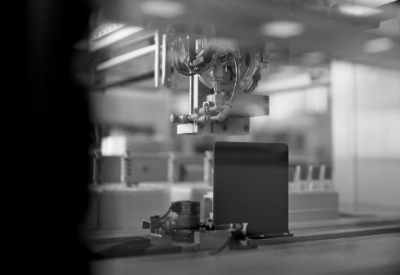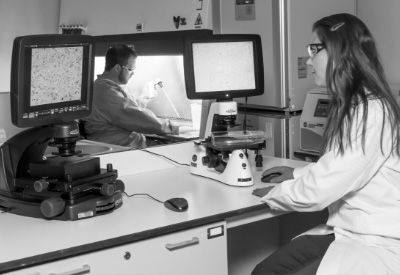
Environmental Challenges on Moon’s South Pole
The Moon’s south pole, characterized by its perpetually shadowed regions and extreme cold, poses significant challenges for conventional scientific equipment. Traditional battery-powered devices fail in temperatures that plummet to as low as -248°C (-414°F) in the lunar south pole’s permanently shadowed regions. These conditions severely limit the ability to conduct ground-based studies and gather crucial scientific data in areas that are potentially rich with valuable resources like water ice.
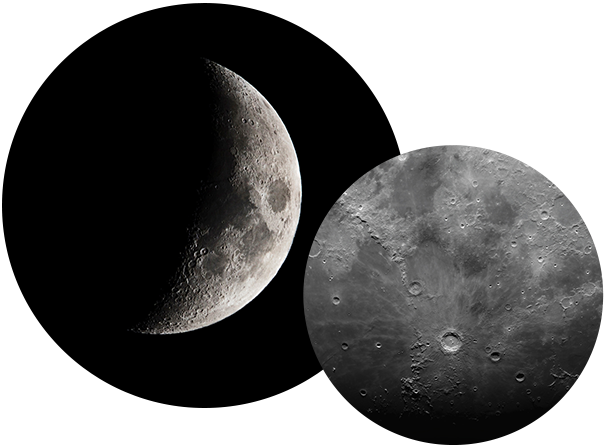
Innovative Solution: Tritium Betavoltaic Technology
Responding to these challenges, City Labs—with funding from the NASA Innovative Advanced Concepts program—is pioneering a groundbreaking solution: autonomous tritium micropowered sensors. These sensors will be powered by City Labs’ advanced tritium betavoltaic power source, a technology capable of harnessing energy generated from tritium’s natural radioactive decay. This method provides reliable and continuous power, enabling the sensors to operate effectively under the extreme environmental conditions of the lunar south pole—far surpassing the capabilities of conventional battery technologies.
Mission Impact and Goals
This project is poised to transform our understanding of one of the Moon’s most enigmatic regions. This initiative aims to characterize the most inaccessible regions on the lunar surface by employing miniaturized, autonomous sensors equipped with cutting-edge light spectrometers. These sensors analyze spectral signatures directly related to water, providing critical insights into its presence, distribution, and concentration.
The information gathered, especially related to the presence of water ice, will be instrumental for future lunar exploration and habitation plans, directly supporting NASA’s objectives for the Artemis mission aimed at establishing a sustainable human presence on the Moon. Moreover, the ability to deploy these sensors as swarms enhances their potential, enabling comprehensive, high-resolution mapping across the lunar surface that significantly broadens our understanding of the Moon.
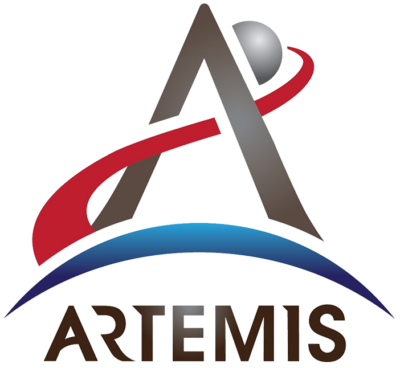
Technological Advancement and Broader Implications
The technology behind these tritium-powered sensors represents a significant leap forward in space exploration tools. City Labs’ unique nuclear battery technology will ensure that each sensor has a long-lasting, stable power supply that can withstand the extreme conditions on the lunar surface. This capability allows for the uninterrupted operation of onboard instruments, even in the absence of sunlight, providing critical communications back to Earth or lunar bases.
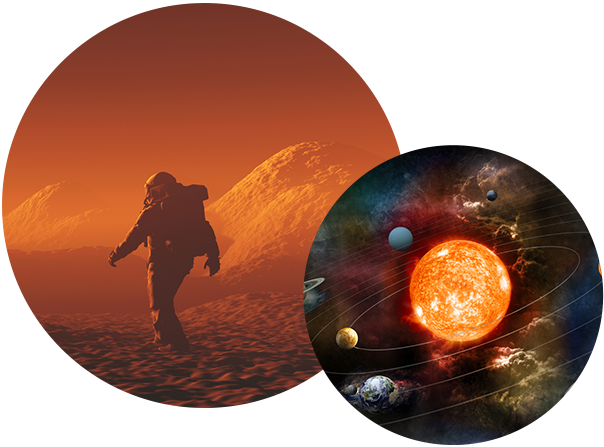
Looking Towards the Future
Beyond its immediate applications, this project seeks to develop foundational technology that could be adapted for exploratory missions on other planets and moons within our solar system, all characterized by similarly harsh conditions. As we push the boundaries of human exploration, the success of these autonomous tritium micropowered sensors on the Moon could pave the way for deploying similar technologies on planets like Mars or icy moons like Europa, where conditions may be even more challenging.
This project underscores City Labs’ commitment to developing resilient, innovative, and cost-effective technological solutions that bridge the gap between Earth’s capabilities and space’s vast, untapped potential. Follow our progress on this and other exciting projects via LinkedIn.
The Nuclear Battery Company With a Vision
Ready to power your next innovation or learn more about our technology?
Contact Us Today
